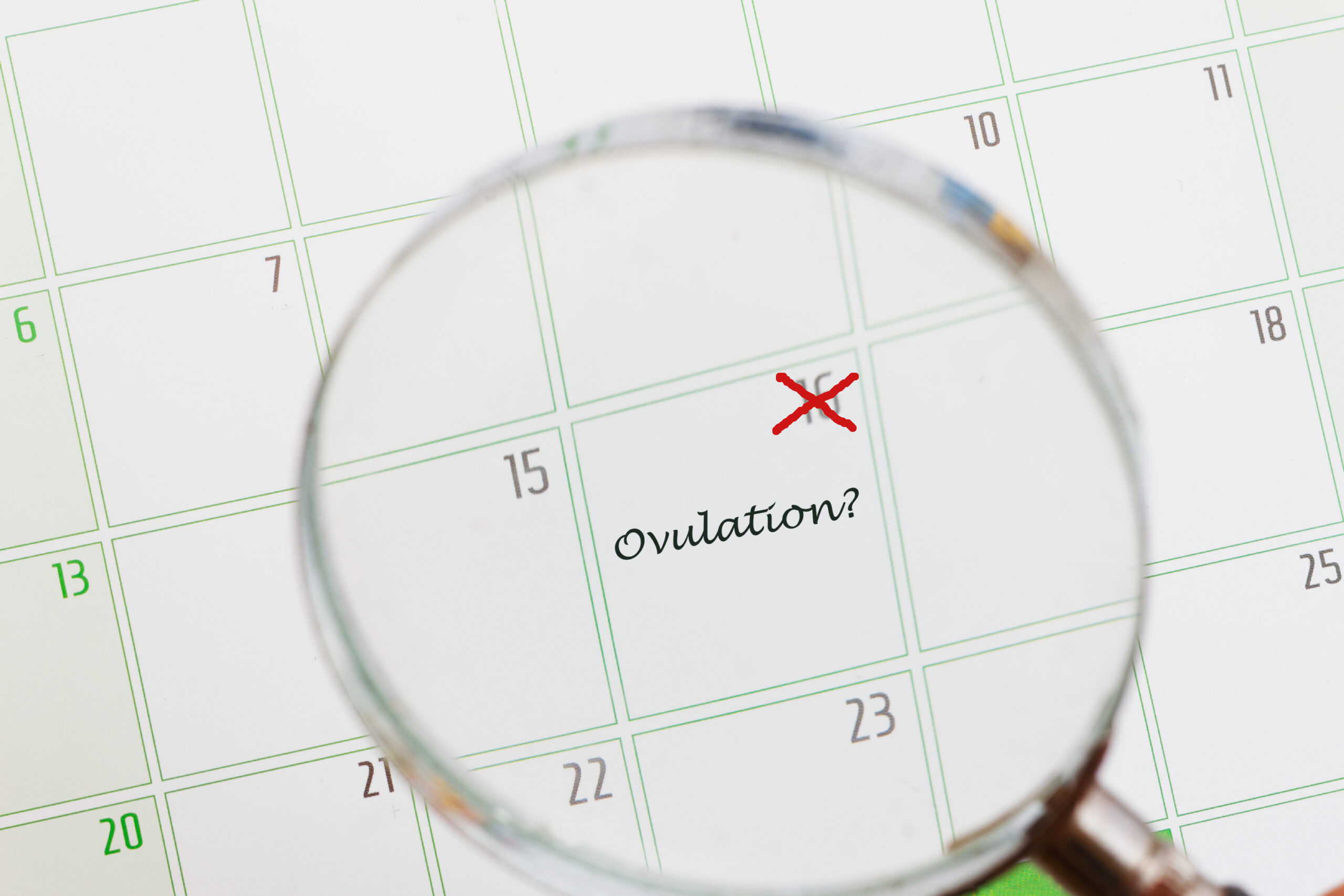Vaginal discharge is quite common, and there??s usually no reason to worry too much about it. However, there??s a sense of uncertainty involved in it which causes confusion and doubt for the person who is facing this problem.
While vaginal discharge is the way a woman??s body manages fluid and cells, it can also indicate vaginal infections and whether you have a potential health issue which needs the attention of a gynaecologist. The reason for white discharge varies from woman to woman, and can change depending on multiple factors such as potential infections, menstrual cycle, hormones and pregnancy.
Excessive vaginal discharge or leukorrhea is often caused by an infection. Some commonwhite discharge causing infections include bacterial vaginosis, trichomoniasis, yeast infection, vaginal atrophy, vaginitis, gonorrhoea, chlamydia, pelvic inflammatory disease (PID) and human papilloma virus (HPV) or cervical cancer.
Bacterial vaginosis is likely to affect women who receive oral sex or who have multiple sexual partners. It has a strong, foul and sometimes fishy odour. Trichomoniasis results ina yellow or green discharge that has a foul odour. Pain, inflammation, and itching are also common symptoms. A yeast candida infection causes white, cottage cheese-like discharge in addition to burning and sometimes no discharge, just itching sensations.
Vaginal atrophy is the thinning and drying out of the vaginal walls during menopause while Vaginitis is characterised by irritation in or around the vagina.
Gonorrhoea and chlamydia are sexually transmitted infections (STIs) that can produce an abnormal discharge. PID occurs when bacteria spread up the vagina and into other reproductive organs. HPV or cervical cancer spreads through sexual contact. Cervical cancer can easily be screened with yearly Pap smears and HPV testing.
Stay aware of normal and abnormal changes in vaginal discharge. This allows you to identify infections and other health problems. You should contact your doctor if you notice your vaginal discharge has changed from its typical consistency, colour and smell or if you have other symptoms in your vaginal area. You should discuss your white discharge reason with your doctor if:
- It has changed in consistency and appears yellow, green or even gray
- It resembles cottage cheese in colour and consistency
- It looks foamy or frothy and has a strong smell of fish, yeast or another odour
- It is brown or blood-stained
- You experience vaginal itching, swelling burning, or pain
If you have any questions about the vaginal discharge you??re experiencing, contact Motherhood Hospitals which has a team of highly experienced gynaecologist??s for white discharge treatment and quick relief from the problem. Older women should see a doctor promptly if they have a discharge, particularly if the discharge contains blood or is brown or pink (possibly indicating a small amount of blood). A discharge that occurs after menopause can be a warning sign of a precancerous disorder (such as thickening of the lining of the uterus) or cancer and should not be ignored. Our experts mitigate risk and suggest you thorough options, medicinal as well as highly advanced minimally invasive procedures like endometriosis surgery (hysteroscopy, laparoscopy).


 Toll Free Number
Toll Free Number
















